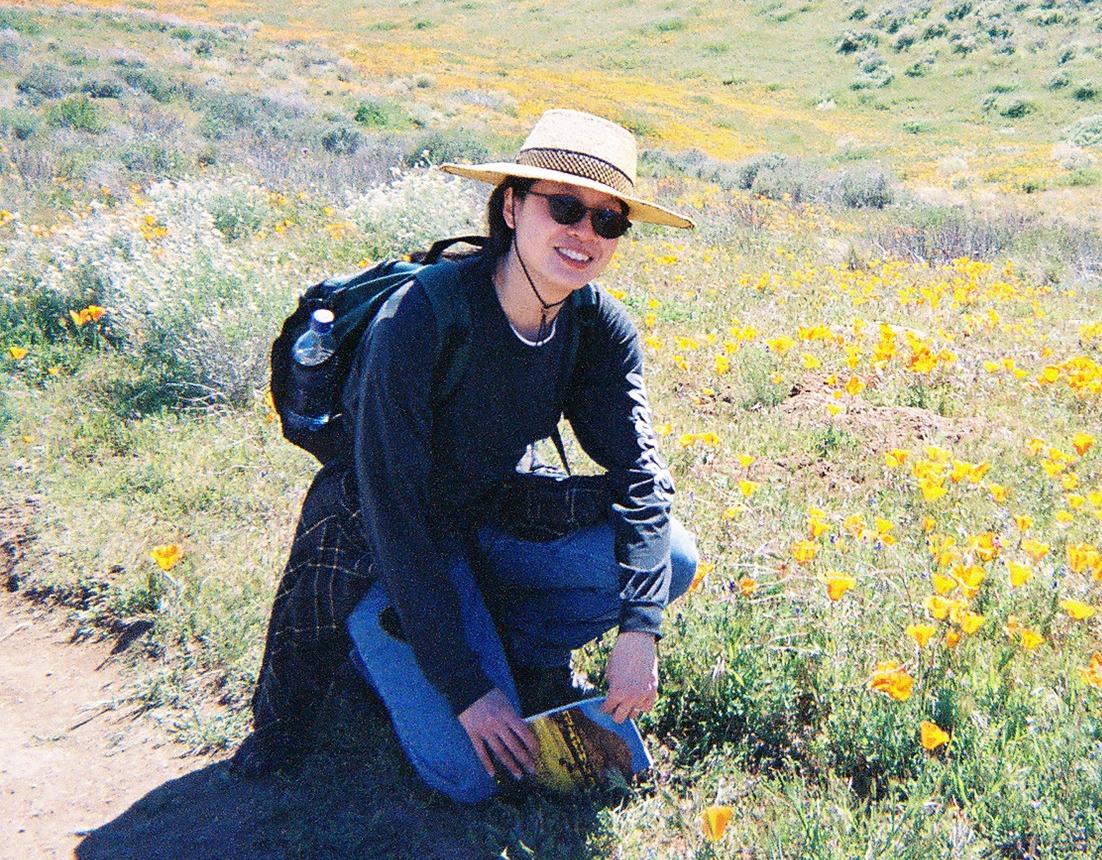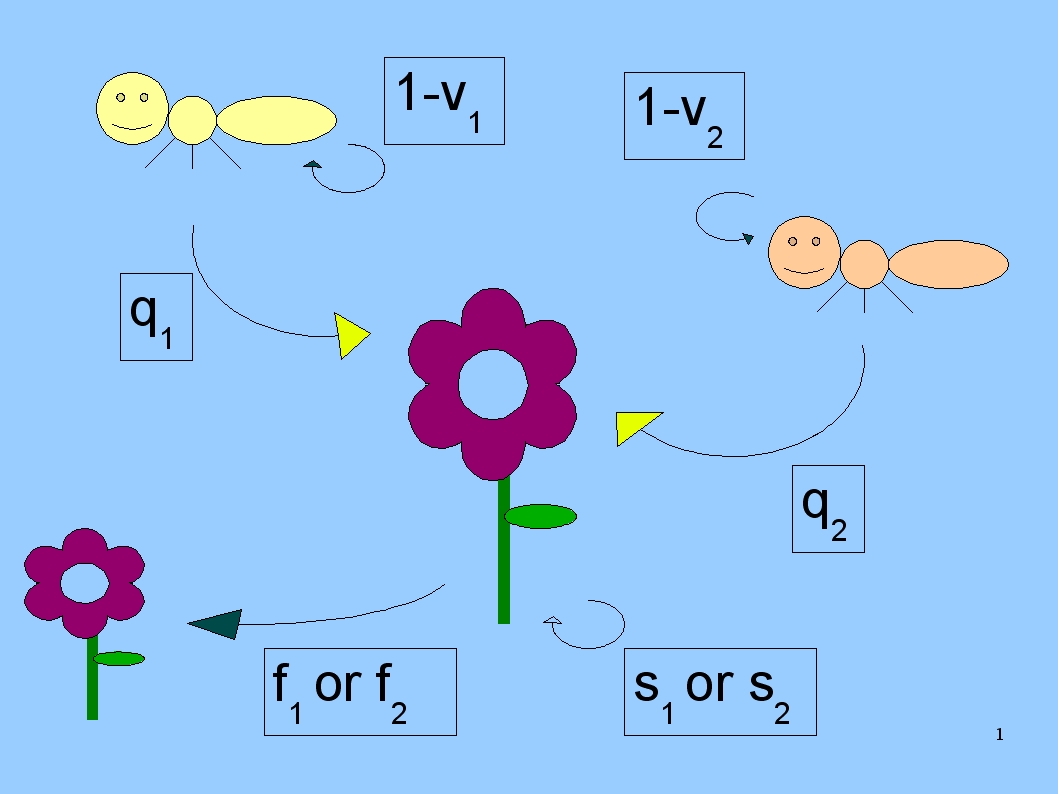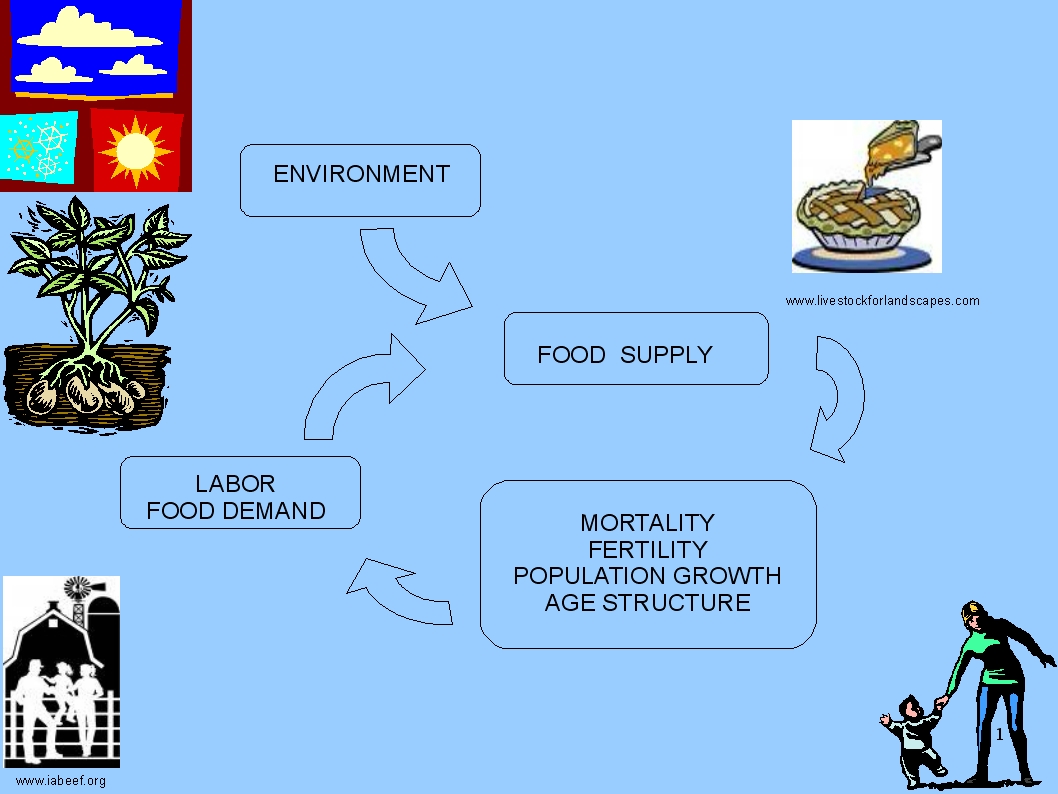contact
-
research
- people -
publications
---------------------------------------------------------------------------------

Department of Biological Science
ctlee at bio.fsu.edu
eight five zero -- six four five -- nine five three two
My FSU faculty webpage
Ecology and Evolution at FSU
I use mathematical and computer modeling to study the nonlinear dynamics of structured populations. Most biological
populations exhibit age, stage, size, or other structure, and most ecological interactions (between individuals, between
species, or with the environment) ultimately involve nonlinearity, so very many interesting ecological problems include
both. My major research directions are 1) elucidating important yet still poorly-understood basic processes (e.g.,
mutualism) that drive the dynamics of populations, communities, and ecosystems, and 2) understanding the interplay between
humans and their environment by bringing the tools of population biology to bear on the study of human population.
►Competitive dynamics of consumers that alter the dynamics of their resource (mutualists, herbivores, ...)

Most ecological theory on resource competition focuses on the rates at which consumer populations consume their shared resources, and emphasizes the role of overlap and efficiency in consumers’ resource use in determining competitive coexistence or exclusion. Yet resource depletion is only one way in which consumers affect resource abundance. Nature abounds with consumers that ingest only portions of resource individuals, or consume products or substances produced by resource individuals. These consumers frequently affect resource survival, growth, and reproductive rates. Examples include pathogens and parasites, and some parasitoids that do not immediately nor completely consume their hosts; most herbivores, which allow their plant hosts to survive, grow, and reproduce at reduced rates; nonlethal predators; and mutualists, which may collect nectar, food bodies, or pollen from plants while pollinating or protecting them. In addition, lethal predators frequently affect the behavior and foraging activity of surviving prey. The magnitude of these effects on resource dynamics may be unique to each consumer species (such as pathogens that vary in their degree of virulence); when this is the case, consumer effects on resource dynamics can enable competitive coexistence or exclusion in otherwise unexpected situations.
Lee, CT, TEX Miller, and BD Inouye. 2011. Consumer effects on the vital rates of their resource can determine the outcome of competition between consumers. In press at The American Naturalist. -- abstract -- Link to article at AmNat

To solve contemporary problems such as ensuring food security for a particular region or for the globe, we need more basic research on the interactions between natural resource dynamics, human population growth, and social factors such as technology, culture, politics, and economics. I couple ecological, demographic, and social models to examine the interactions between environment, food supply, human demography, and human decision-making. I have focused on preindustrial agricultural societies, whose dynamics are closely tied to their local environment, but am extending these approaches to hunter-gatherer societies and ultimately to modern industrial societies.
Lee,
CT, CO Puleston, and
Tuljapurkar,
___________________________________________________________________________
►Nick Kortessis, MS 2012. Currently a Ph.D. student at the University of Arizona.
for prospective students:
I'm interested in questions involving population dynamics, species interactions, demography and biodemography, and ecosystem dynamics, and am happy to work with students who are interested in any aspect of ecological theory and models, as well as students who may be specifically interested in my projects described above. I will be looking for some demonstrated interest in quantitative theory, and/or preparation in fields such as mathematical ecology, math, programming, physics, and so on.
Lee,
CT, CO Puleston, and
Donahue,
MJ, and CT Lee. 2008. Colonization. pp. 672-278 in
Morris, WF, CA Pfister, S Tuljapurkar, CV Haridas, CL Boggs, MS Boyce, EM Bruna, DR Church, T Coulson, DF Doak, S Forsyth, J-M Gaillard, CC Horvitz, S Kalisz, BE Kendall, TM Knight, CT Lee, and ES Menges. 2008. Longevity can buffer plant and animal populations against changing climatic variability. Ecology 89 (1): 19-25. – abstract – Link to article at Ecology
Tuljapurkar,
Chesson, P, and
CT Lee. 2005. Families of discrete
kernels for modeling
dispersal. Theoretical Population Biology 67 (4): 241-256. – abstract
– Link
to article at TPB
Lee, CT, MF Hoopes, J Diehl, W Gilliland, G Huxel, EV Leaver, K McCann, J Umbanhowar, and A Mogilner. 2001. Non-local concepts and models in biology. Journal of Theoretical Biology 210: 201-219. – abstract – Link to article at JTB